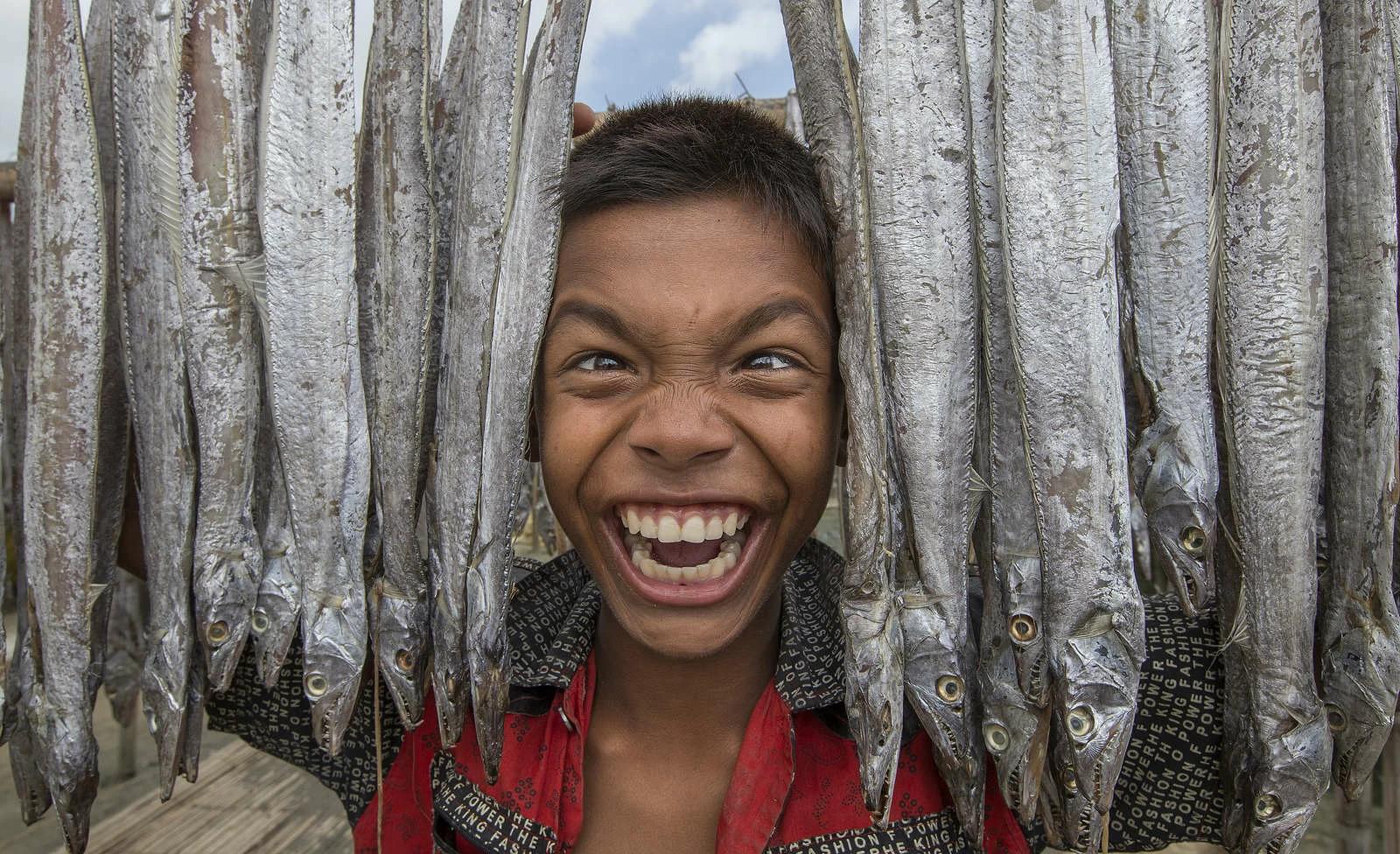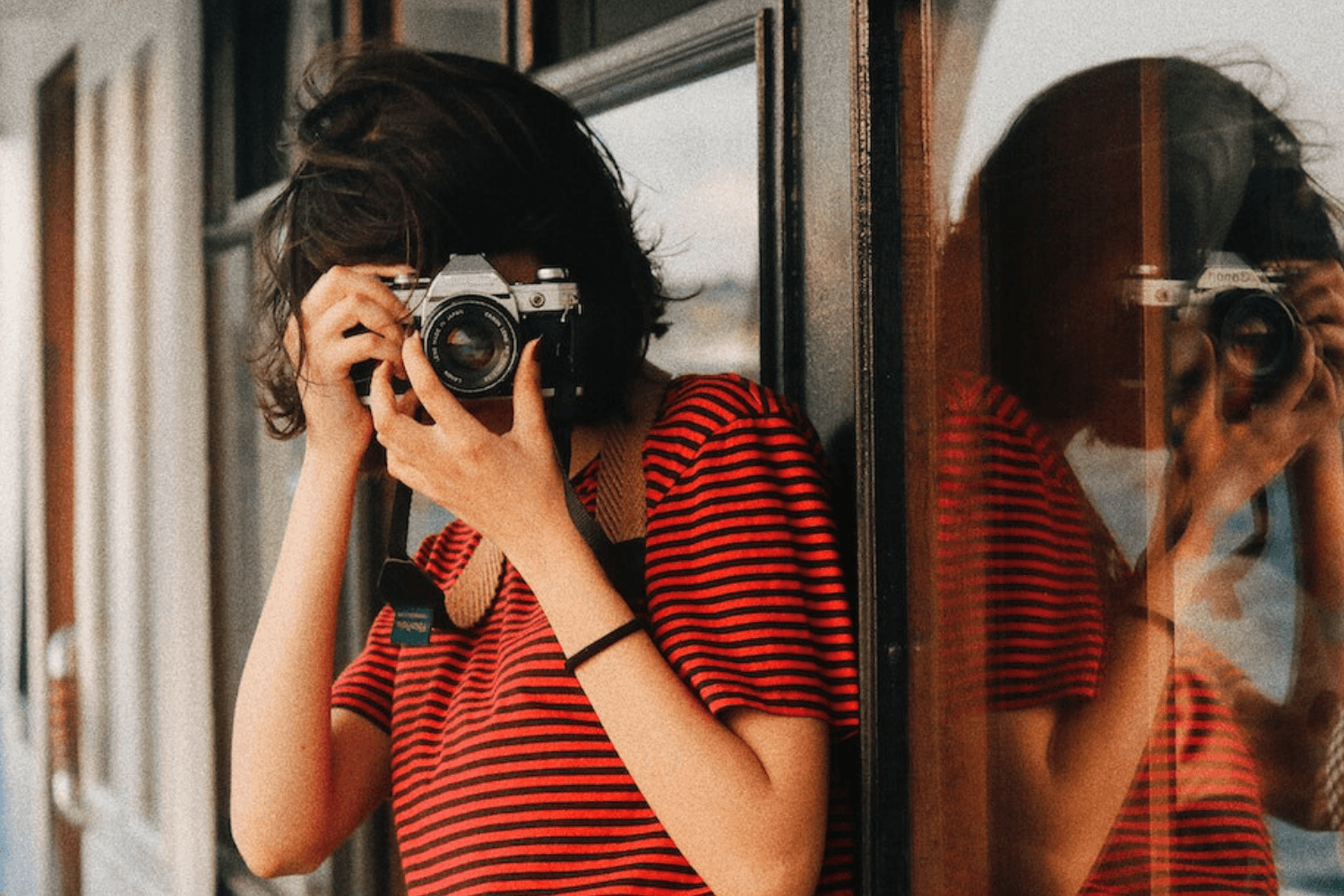Featured Photographer - Taylor Weidman
Yvan Cohen
Tue Feb 18 2020
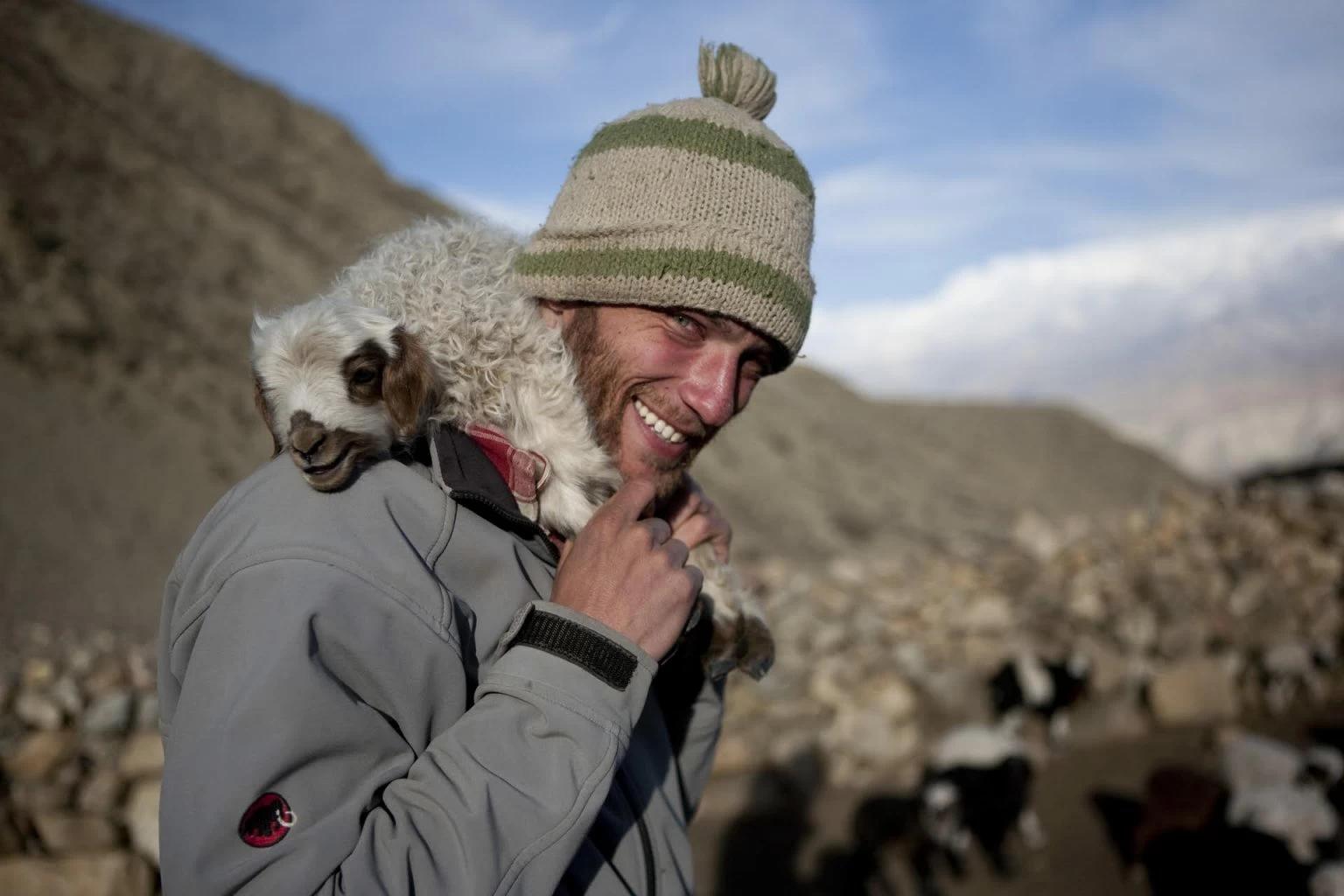
American photojournalist Taylor Weidman is that rare breed of photographer – indeed of person – who always seeks to go further and deeper in his search for a meaningful story. His work is characterized by an originality and social engagement that seeks to use photography as a means of building understanding, appreciation and change.
Becoming a professional photographer was not Taylor’s first choice. It was only after completing an undergraduate career in economics in 2005 that Taylor followed his passion for photojournalism; enrolling in a post graduate photography course at Syracuse University, New York.
After an intense year studying the theory and practice of photojournalism, Taylor got an opportunity to cut his teeth in a professional environment (thanks to his teacher Bruce Strong who was a powerful source of inspiration). Taylor began his professional career first as an intern, then as a photographer and assistant photo editor at The Christian Science Monitor in Boston – a newspaper whose name belies the excellence and professionalism of its journalism (at least to those non-Americans who have never heard of it).
In 2010, Taylor’s career gained further momentum when he was awarded a Fulbright Scholarship to document Tibetan issues in Upper Mustang, Nepal.
The project became a transforming experience, rich in discovery and adventure. It provided Taylor with the perfect opportunity to refine his photographic skills and journalistic ideas.
Thanks to government connections and the prestige of Fulbright, Taylor enjoyed unique access to remote areas of Upper Mustang where foreign visitors are normally limited by expensive, time-restricted permits. The year-long project culminated in an exhibition in Kathmandu and a book called ‘Mustang: Lives and Landscapes of the last Tibetan Kingdom’, with a foreword by His Holiness the Dalai Lama. It proved a pivotal moment for Taylor’s work. Since then, he has been entirely focused on documenting little-known and vanishing cultures.
In 2011 Taylor and fellow journalist Nina Wegner (then his girlfriend, now his spouse), started a small NGO called The Vanishing Cultures Project. The goal was to produce more documentary work and more books. The two traveled to remote communities in the Brazilian Amazon and Mongolia. The couple moved to Mongolia, where Taylor had to learn how to keep his camera warm enough to keep shooting in Mongolia’s sub-zero temperatures. The following year, three months were spent deep in the Amazon. Taylor photographed while Nina wrote.
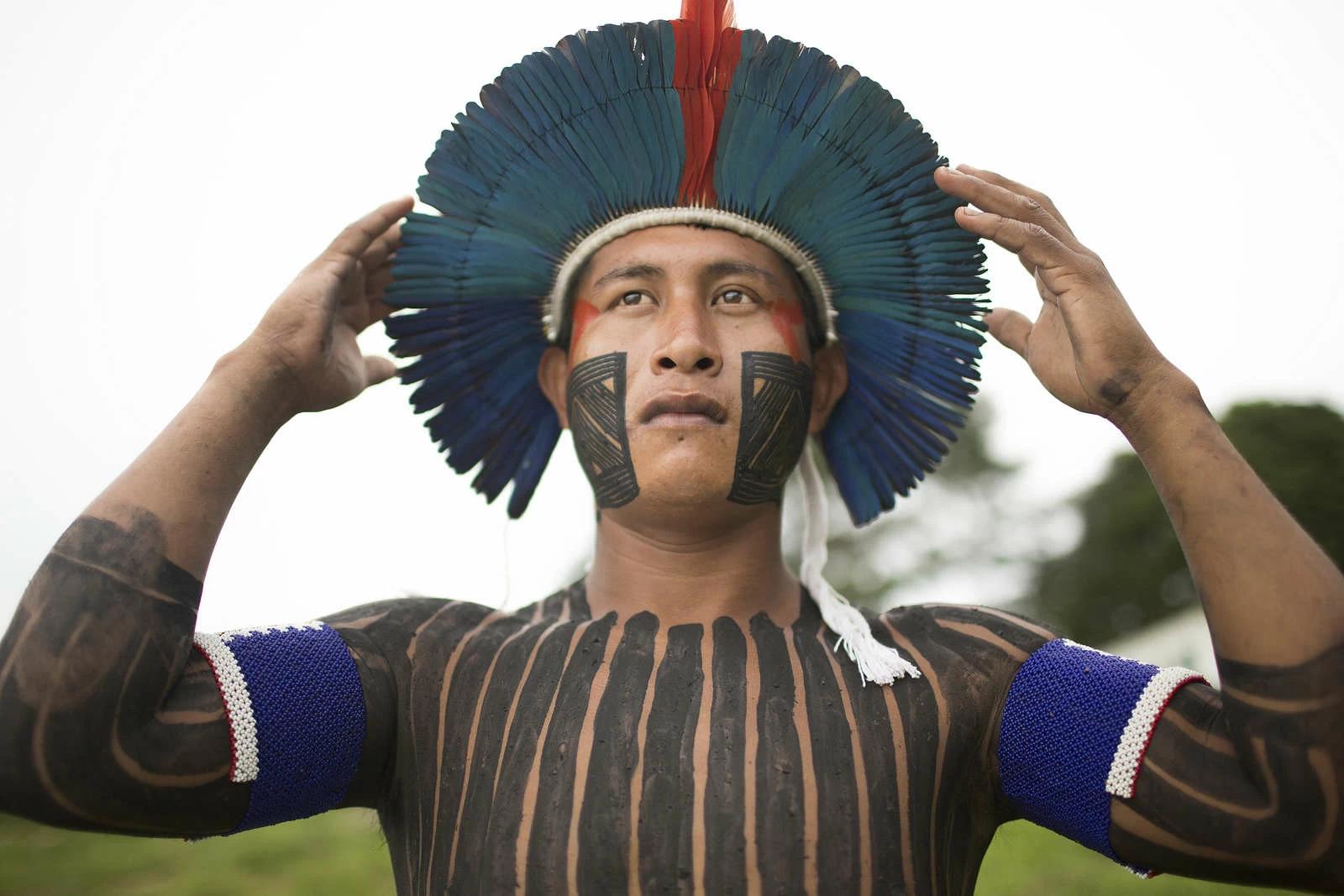 Mukuka, a young Xikrin leader of Poti-Kr village, is a “Warrior of the Knowledge of White Men,” in which he plays a role similar to that of an ambassador. He says he feels stronger and prouder when he is painted and dressed in traditional ceremonial garb. The indigenous Xikrin people live on the Bacaja, a tributary of the Xingu River, where construction of the Belo Monte Dam is reaching peak construction. Some scientists warn that the water level of the Bacaja will decrease precipitously due to the dam. Photo and story credits by Taylor Weidman.
Mukuka, a young Xikrin leader of Poti-Kr village, is a “Warrior of the Knowledge of White Men,” in which he plays a role similar to that of an ambassador. He says he feels stronger and prouder when he is painted and dressed in traditional ceremonial garb. The indigenous Xikrin people live on the Bacaja, a tributary of the Xingu River, where construction of the Belo Monte Dam is reaching peak construction. Some scientists warn that the water level of the Bacaja will decrease precipitously due to the dam. Photo and story credits by Taylor Weidman.
With his career finding purpose and momentum, Taylor was soon confronted by the kind of reality that challenges the idealism of almost every photojournalist: how to earn a decent living. “The challenge of finding grants for the Vanishing Cultures Project produced just enough money to keep on working, with nothing left to actually build a life,” explains Taylor.
And so in 2012, his hard drives replete with images of Mongolia and the Amazon, Taylor and Nina decided to move to Chiang Mai. “We had an exhibition in Chiang Mai and liked the place,” remembers Taylor. So began a new phase of freelancing as a photojournalist on assignment, working mainly for industry giants like Getty Images and Bloomberg.
It was also during this period that Taylor decided to expand his skillset. “The role for many photojournalists has changed,” explains Taylor. “It’s no longer enough to ‘just’ take pictures, so I’ve been honing my filming and writing skills. Outlets increasingly want to save costs and often prefer to hire a photojournalist who can not only shoot, but also write a brief story or even make a short film.”
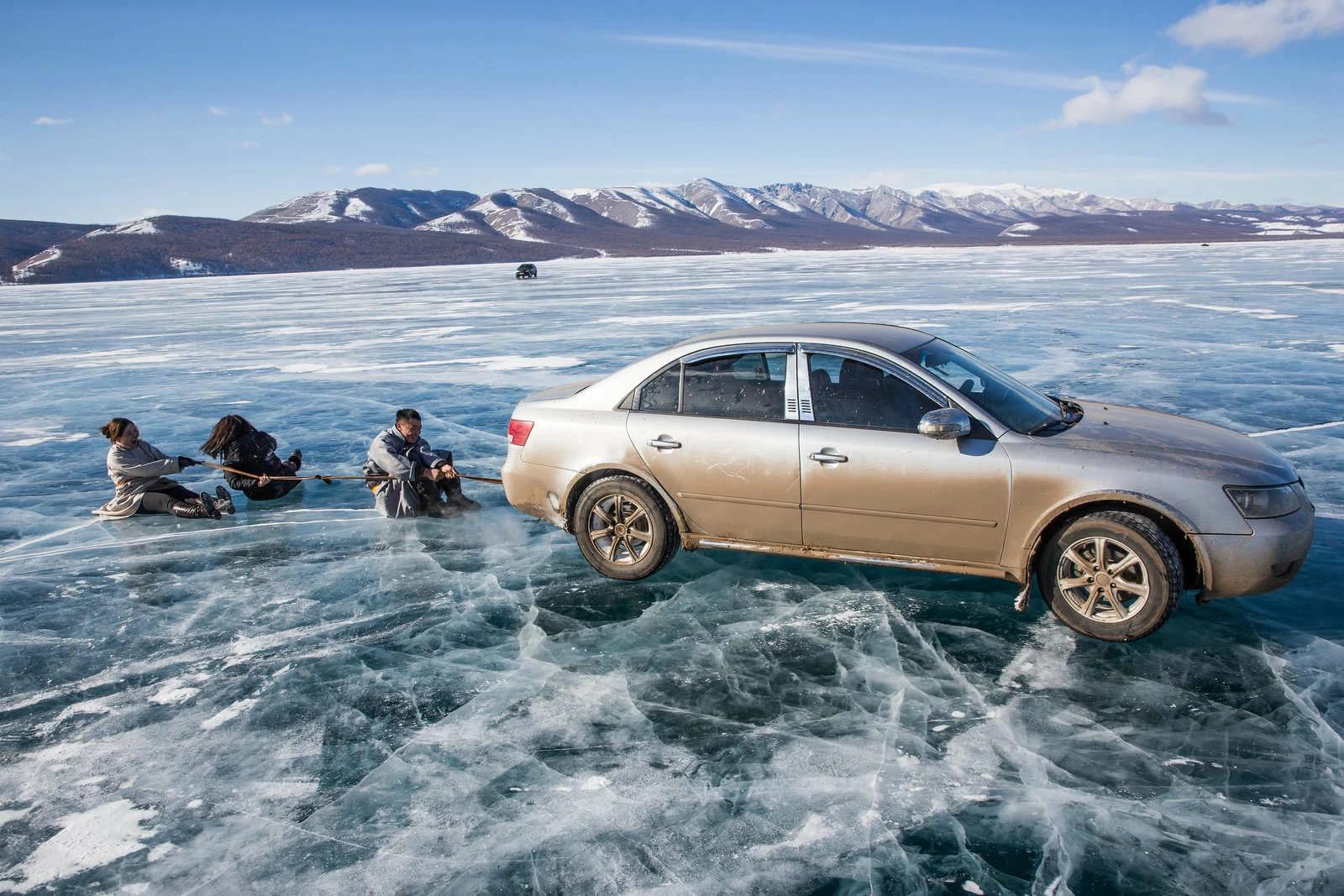 Friends are dragged by a rope attached to the back of a moving car near the Lake Khovsgol Ice Festival in Khatgal, Mongolia. Photo and story credits by Taylor Weidman.
Friends are dragged by a rope attached to the back of a moving car near the Lake Khovsgol Ice Festival in Khatgal, Mongolia. Photo and story credits by Taylor Weidman.
“My best opportunities have come from accessing places most people don’t go.”
Despite taking on a wider range of freelance assignments, Taylor’s passion remains focused on using his skills to tell stories. He doesn’t often cover the type of major news events that typically prove an irresistible attraction for photojournalists. “I don’t really enjoy covering many of the big news events. It’s hard to take a unique photo or feel like you’re contributing something meaningful to a story when dozens of other photographers are standing on either side of you shooting the same thing. I’m more comfortable looking for stories that haven’t been seen before. I have found that my best work, and my best opportunities, have come from accessing places most people don’t go.”
“I’m always looking for and trying to produce stories that might surprise readers or open their eyes to the world we live in,” continues Taylor. “Some of the projects I’ve enjoyed most were stories on Thai families living in abandoned airplanes, a behind the scenes look at why Mongolians dominate sumo wrestling, a stink bug invasion in Abkhazia (a war-torn breakaway state on the Black sea), and a look at how Kazakhstan has rehabilitated a portion of the Aral Sea – one of the worst ecological disasters of the last century.”
Digging deeper and committing to a story is part of Taylor’s journalistic ethos. Since he began his work in Mongolia, he’s been back almost every year. With each visit, his work gains in depth and understanding.
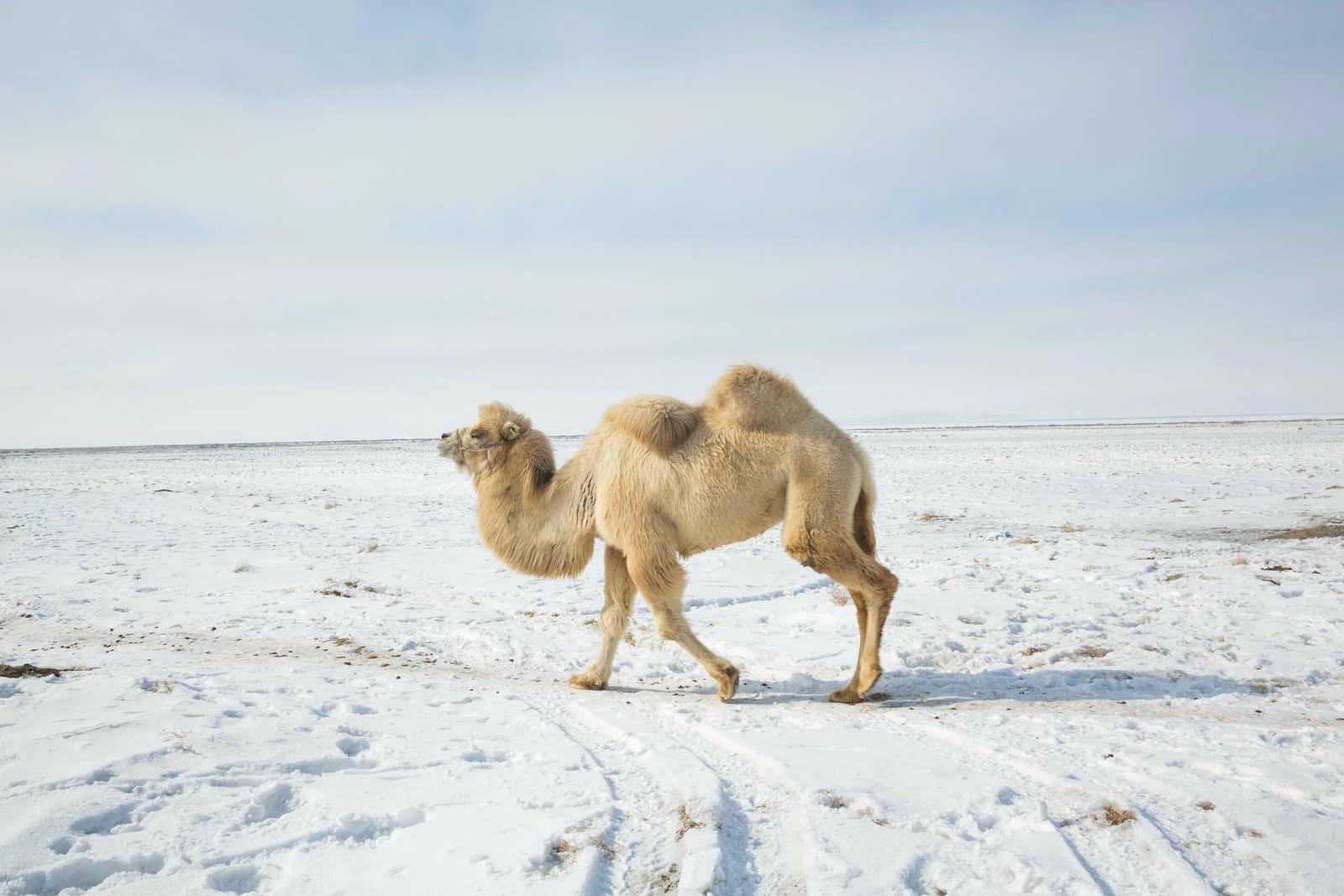 A camel walks near Tastubek, Kazakhstan. The Aral Sea, once the fourth-largest lake in the world, started drying out and shrinking due to disastrous Soviet irrigation policies, but a dam has brought water – and fish species- back to the northern section. Photo and story credits by Taylor Weidman.
A camel walks near Tastubek, Kazakhstan. The Aral Sea, once the fourth-largest lake in the world, started drying out and shrinking due to disastrous Soviet irrigation policies, but a dam has brought water – and fish species- back to the northern section. Photo and story credits by Taylor Weidman.
What advice could you give other photojournalists?
“I really try to be sensitive when I’m photographing communities. We generally spend time explaining what we’re doing and making sure people are comfortable with the camera and our presence. My advice to other photojournalists would be to always take time to sit down and really talk to your subjects before you start shooting. Explain why you’re there and see what their thoughts are on the story you’re working on. You might need to invest in a translator, but it’s an approach that builds trust and respect and often results in more meaningful access than you could hope for than if you just barged in with a camera.”
Taylor Weidman and his wife Nina are currently based in Tbilisi, Georgia, but are planning to move to Thailand in August this year.
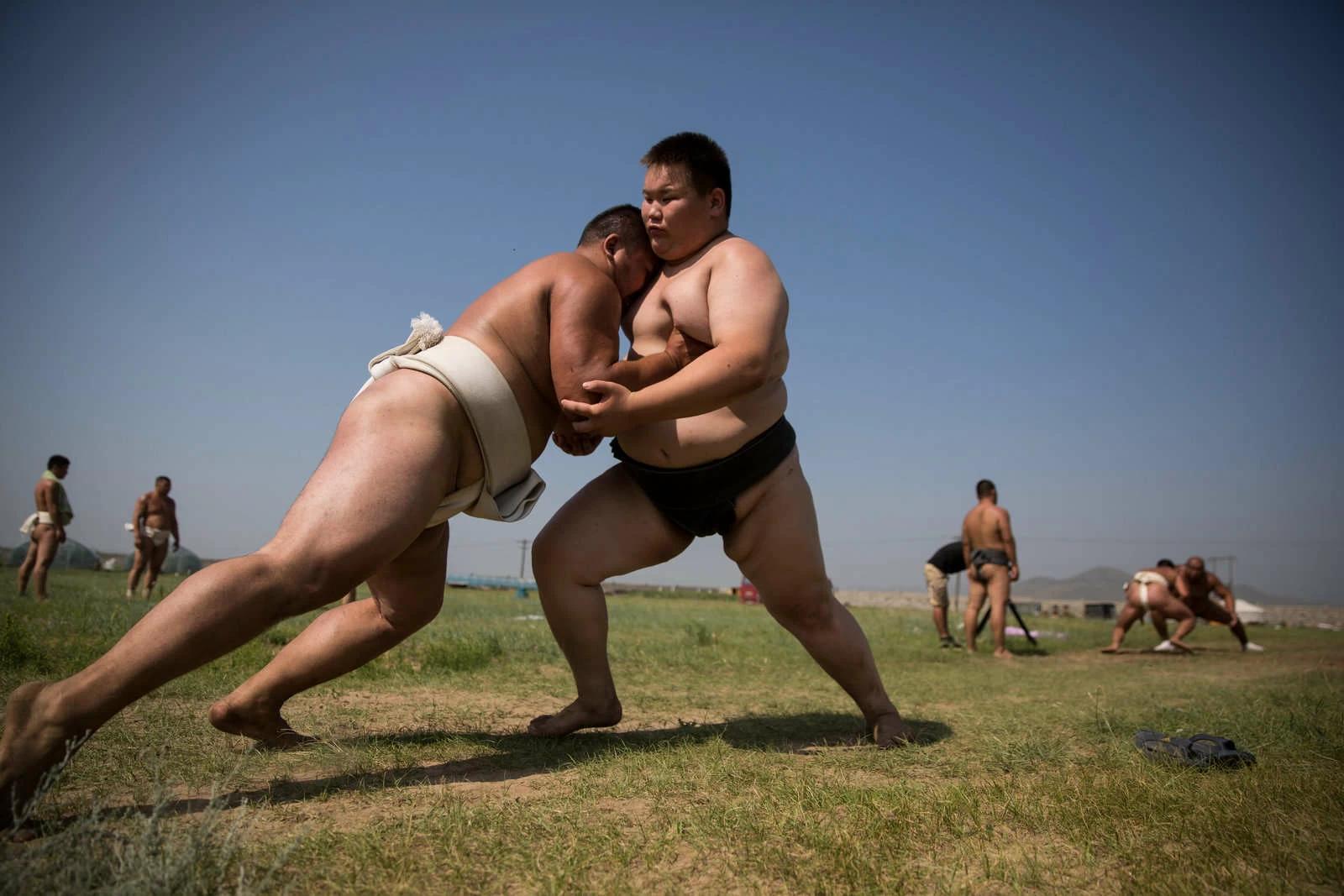 Wrestlers practice their tachi-ai (initial charge) at a sumo wrestling training camp on the outskirts of Ulaanbaatar, Mongolia on Tuesday, July 26, 2016. Photo and story credits by Taylor Weidman.
Wrestlers practice their tachi-ai (initial charge) at a sumo wrestling training camp on the outskirts of Ulaanbaatar, Mongolia on Tuesday, July 26, 2016. Photo and story credits by Taylor Weidman.
What’s in his bag?
Taylor takes a practical approach when it comes to gear. Almost all of his work is shot with his trusty Canon 5D paired with a 24-70 L series zoom. He keeps a 35mm 1.4 Canon lens in his bag for very low light situations and generally only works with natural lighting.
Check out Taylor’s work here:
http://websites.lightrocket.com/taylorweidman/
https://www.taylorweidman.com/
You can buy Taylor’s published books here:
Mongolia’s Nomads: Life on the Steppe
The Xikrin: Indigenous Life in a Changing Amazon
Written by Yvan Cohen | Yvan has been a photojournalist for over 30 years. He’s a co-founder of LightRocket and continues to shoot photo and video projects around South East Asia.
To read more helpful articles on photography, check out our blog page.
Join our growing photographer community at LightRocket and get powerful archive management and website building tools for free!
